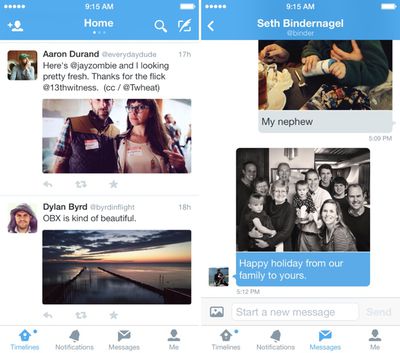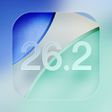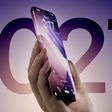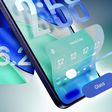Warner Bros. Entertainment and TT Games' LEGO Star Wars: The Complete Saga, a part of the popular LEGO series of video games, has arrived in the App Store.
The game is a combination of two games released in 2005 and 2006 called LEGO Star Wars and LEGO Star Wars II: The Original Trilogy and is credited with not only revitalizing the LEGO brand, but also kicking off the successful LEGO video game series.
LEGO Star Wars is a 3D platforming game that involves light puzzles in levels that re-tell the stories of all six Star Wars films, allowing players to play as characters such as Obi-Wan Kenobi, Luke Skywalker, Han Solo, Darth Vader and over 100 others.
While the game doesn't include iOS game controller support, it does, like the other LEGO games, allow users to use either the "classic" or "touch" control scheme.
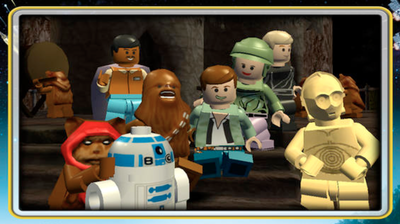
36 STORY MODE LEVELS + BONUS CONTENT
From the Trade Federation’s “negotiations” with Obi-Wan Kenobi and Qui-Gon Jinn in The Phantom Menace to the space battle above Endor in Return of the Jedi, play the most memorable and exhilarating scenes from your favorite episodes. Also unlock special bonus content featuring Bounty Hunter missions, a special Challenge Mode, Arcade Levels, and more!
OVER 120 CHARACTERS
Play as your favorite Jedi Knight or Sith Lord! There are over 120 playable characters to unlock, including Luke Skywalker, Darth Vader, Han Solo, and Boba Fett.
FORCE POWERS
Which side of the Force will you use? Both dark and light side characters have their own unique Force abilities. Will you use a Force Throw to defeat the Jedi or choose your Lightsaber and Force Push to take down the evil Empire?
LEGO STYLE GAMEPLAY
Smash objects into LEGO bricks and switch characters on the fly as you play through different story levels. Create your own Star Wars character mash-ups like Han Windu and Lando Amidala!
DYNAMIC CONTROL STYLES
Switch between “Classic” and “Touch Screen” controls to find the play-style that suits you best
LEGO Star Wars: The Complete Saga is available in the App Store for free. Episode 1 is a free download, but Episode II to Episode VI are in-app purchases. [Direct Link]



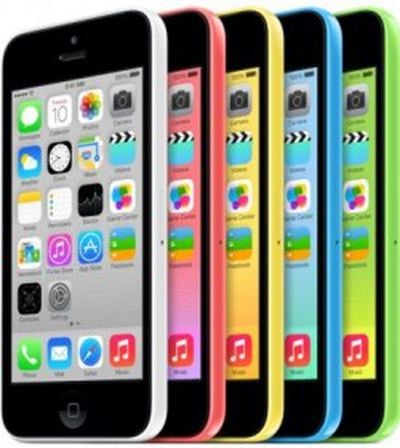 Walmart will begin a holiday sale on Friday that will see the retailer drop price of Apple's iPhone to just $27 with a two-year contract, reports the
Walmart will begin a holiday sale on Friday that will see the retailer drop price of Apple's iPhone to just $27 with a two-year contract, reports the 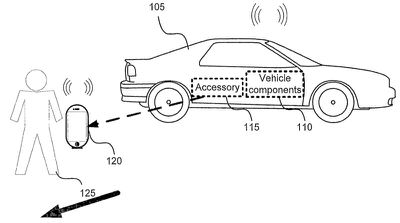
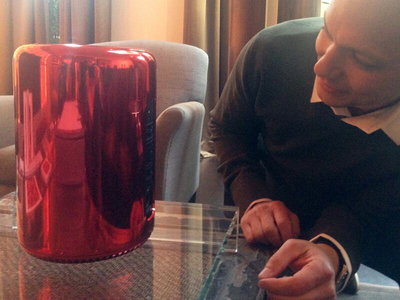
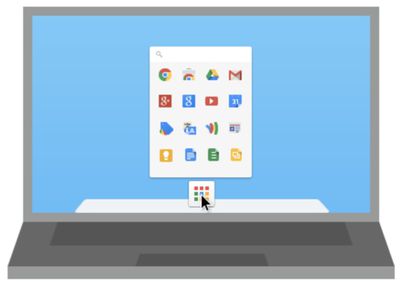


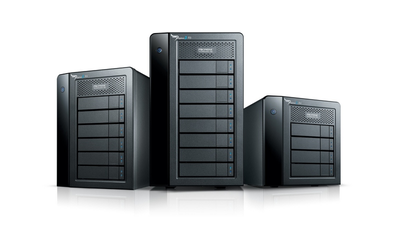
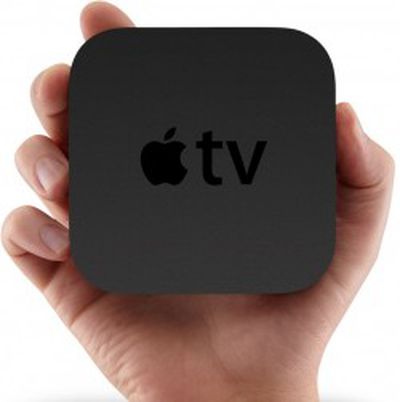 Following last week's addition of an
Following last week's addition of an 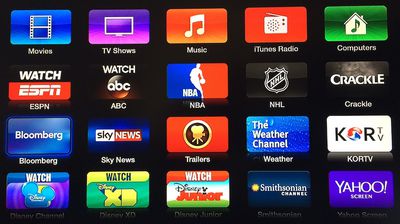
 Rovio has officially released
Rovio has officially released 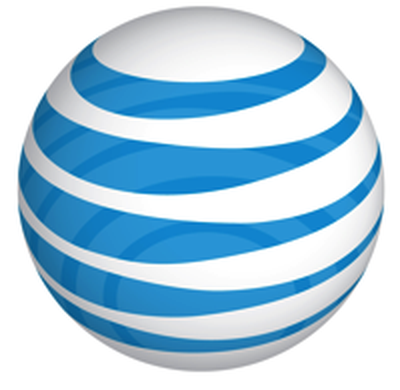 Wireless carriers like AT&T and Verizon will not be able to continue the smartphone subsidy model that has driven widespread smartphone penetration to this point. AT&T CEO Randall Stephenson, speaking at an investor conference today, said the current model is not economically viable,
Wireless carriers like AT&T and Verizon will not be able to continue the smartphone subsidy model that has driven widespread smartphone penetration to this point. AT&T CEO Randall Stephenson, speaking at an investor conference today, said the current model is not economically viable, 
